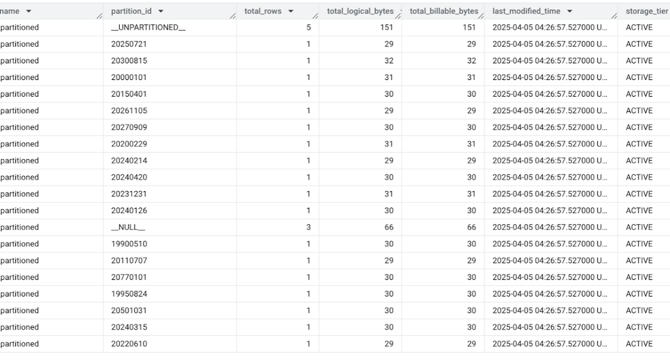Self-Learning-Java
2d
157

Image Credit: Self-Learning-Java
Best Practices on Partitioning in BigQuery
- Partitioning in BigQuery splits a large table into smaller partitions based on a column, improving query performance and reducing costs.
- Types of partitioning include Date/Time, Ingestion-Time, and Integer-Range partitioning.
- Best practices include selecting the right low-cardinality partition column and filtering by it in queries.
- Avoid using functions on the partition column to enable partition pruning and optimize performance.
- Integer-Range partitioning is recommended for non-date data.
- Combining partitioning with clustering enhances query efficiency in BigQuery.
- Monitoring partition size and count is crucial to maintain efficiency and balance.
- Using __PARTITIONTIME for Ingestion-Time partitioned tables is recommended.
- Avoid over-partitioning to stay within the limit of 4,000 partitions per table.
- Set expiration for temporary data to automatically delete old data in BigQuery.
Read Full Article
9 Likes
For uninterrupted reading, download the app